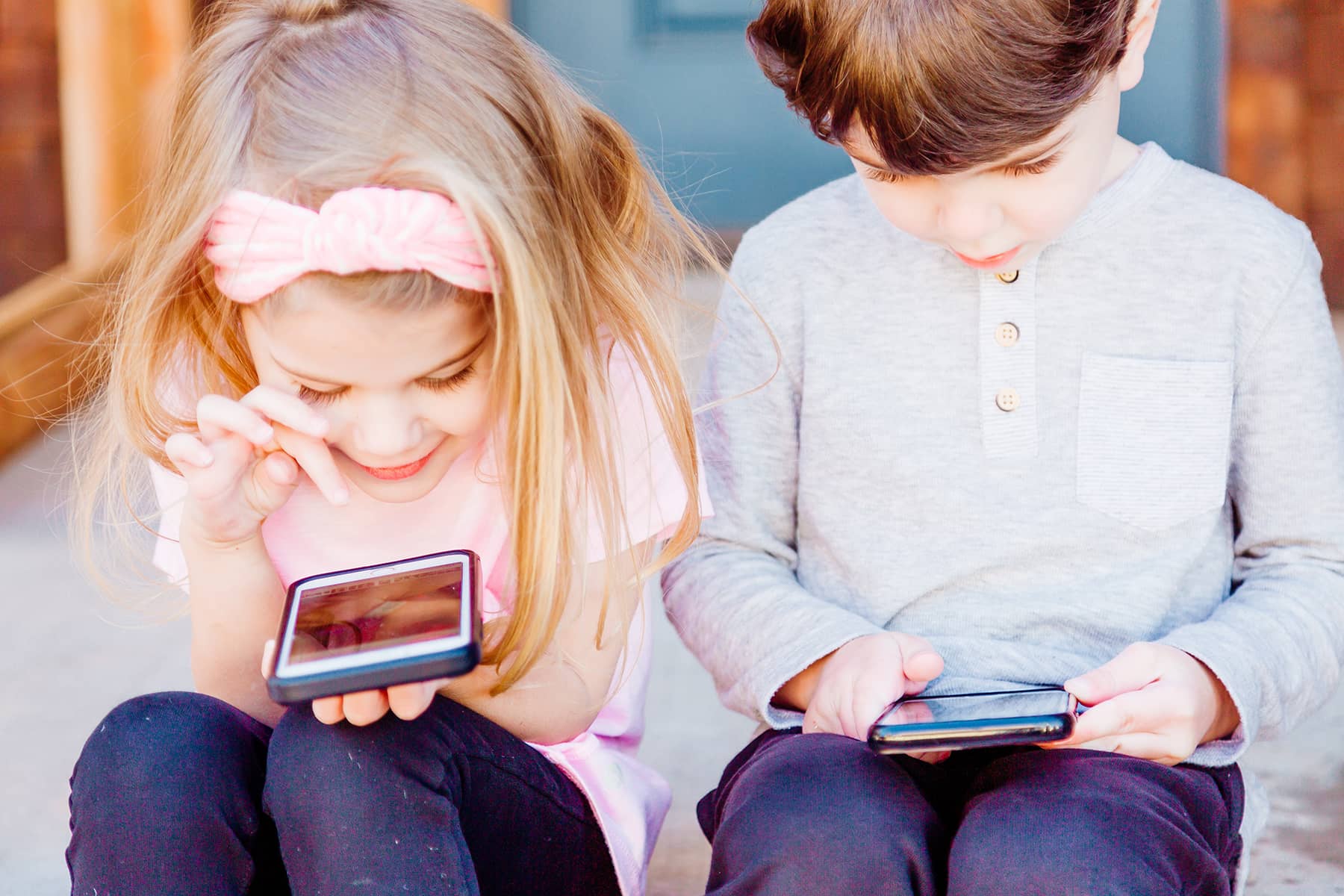
One of the most pressing questions parents face these days is when do we purchase our child’s first mobile phone.
This parental decision can be equated to the past pressures of when do we allow our child to get their driver’s license or start dating. My daughter just turned 12 years old and she asks about all sorts of things. Lately, her inquiry has centered around when will I purchase her first mobile phone.
She constantly talks about her friends who have had smartphones for years already, and paints her mother and father as unreasonable because we are making her wait so long. Often our discussions revert to the old complaints about “you and mom just don’t trust me.”
We reassure her that we do trust her. The truth is that she is incredibly responsible. Being the oldest of four children, my wife and I actually need her to have a mobile phone for our own convenience. The problem is that we just do not trust what smartphones and technology use does to the growth and development of a child.
My own reservations with technology usage did not just start recently, but has been growing over the past decade. When I was a high school educator I clearly saw the effects that screen time was having on the behavior and mood regulation of youth. I noticed students having difficulty concentrating, communicating, and connecting.
Sometimes it was so bad that an angry outburst would accompany an educator’s attempt to minimize smartphone consumption, or halt it by taking away a student’s device. Our staff meetings would often center on how we could engage students in the learning process and disengage them with technology.
As time went on, our teachers understood technology was here to stay and decided that we should implement technology use into curricula. Students would be trained in the proper time and educational use of computers. Even with that accommodation, however, smartphone use policy became difficult. This period was followed by the need to continuously monitor and police students on all forms of technology, not just smartphones.
As I began running a program to empower youth at different schools, I noticed these same behaviors manifesting everywhere across all grade levels. I often wondered, could it be the technology use? Are kids walking around with a device that ultimately hinders and hurts their social, emotional, and psychological growth? And are we passively allowing that to happen?
This is why the latest study done by a research team led by Jean Twenge, professor of Psychology at San Diego State University, is so crucial to the current situation. This study found the risk of teen depression and suicide are linked to smartphone use. Also noted in study was a direct correlation between time spent online and risk for depression and suicide ideation.
Other recently published studies have clearly shown the relationship between screen time and imbalance in brain chemicals, risk for insomnia, impulsiveness, anxiety, and withdrawal symptomology. The results of this body of research has been so alarming that major shareholders, and former technology executives, are calling on Apple and other technology giants to step up and address the “risk of causing long-term physical or mental harm to children.”
The questions become, what is our responsibility to take action about the issue? How are policy makers in Milwaukee and Wisconsin addressing this very serious public health concern? Are educational boards taking this issue as seriously as administration pay, school uniforms, testing, and school calendars?
The current policy of technology use differentiates across school districts, however the official Milwaukee Public Schools (MPS) policy reads: “Smartphones can be possessed by students, but they cannot activate, display, or use them while in school other then for approved educational purposes. The restriction also applies to extra-curricular activities and field trips.”
There is no data about how such policies are enforced, or how effective they are. Using a smartphone has conditioned users with a muscle memory. Having a device in our pocket but not answering the ring, ding, or buzz is hard for adults. We cannot expect the brain response of a teenager having to suppress the dopamine surge of an incoming message to be any better.
Combine this with the cause-and-effect addictiveness of swipe away technology that most smartphone and tablets utilize. Skeptics merely have to take an iPad away from a 2-year old to see what happens.
I am confident that more research will continue to surface regarding technology use and public health. These studies will confirm what we already have suspicions about: people escape into the virtual world and hide from their pain, feelings, and emotions. This is done at a subconscious level, because of our social acceptability to view smartphone usage as a normal part of everyday interaction and connection.
The problem is that technology is not a substitute for cognitive coping skills. It is a current problem with adults, and if children are our future then there will be major public health concerns over the affects of abuse for an entire generation.
There are solutions to the trend, but as with any issue they require effort to enact. A nationwide policy should be implemented regarding use of all technology within all environmental settings, making clear the expectations and rationale, so that the burden of enforcement is not strictly put on educators, school staff, or institutions. More importantly, we need to make clear why we are doing it.
Because of the benefits of being connected through technology, adults, parents, and educators need to model the conduct and ethics of being online, while also teaching the dangers of it. Limiting use is a great start, but just as with any addictive or habitual behavior, we need to replace the mechanism of and vulnerability to it by addressing root causes. This means that peers and adults should learn to be attuned and rely on emotional intelligence to foster real meaningful connection and healing. It is a social shift that would require peer pressure.
Every child is unique, and faces the rite of passage to find their own way against conformity. My daughter has my respect, love, and trust, and each difficult conversation with her is a chance for me to reinforce those feelings. However, if Steve Jobs – the pioneer of Apple and the iPhone – did not let his own kids use an iPad or iPhone, why would I?
For more than a century, telephones have converted the sound of the human voice into electronic signals transmitted for the human ear. To address the need for communications between parents and children, a traditional mobile phone without a touch screen is a cheaper and healthy alternative.
















